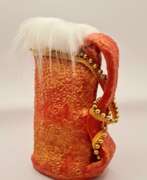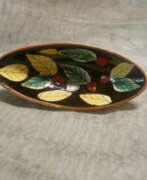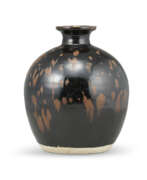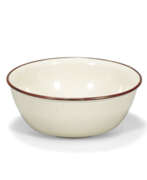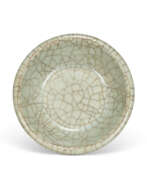Ceramic
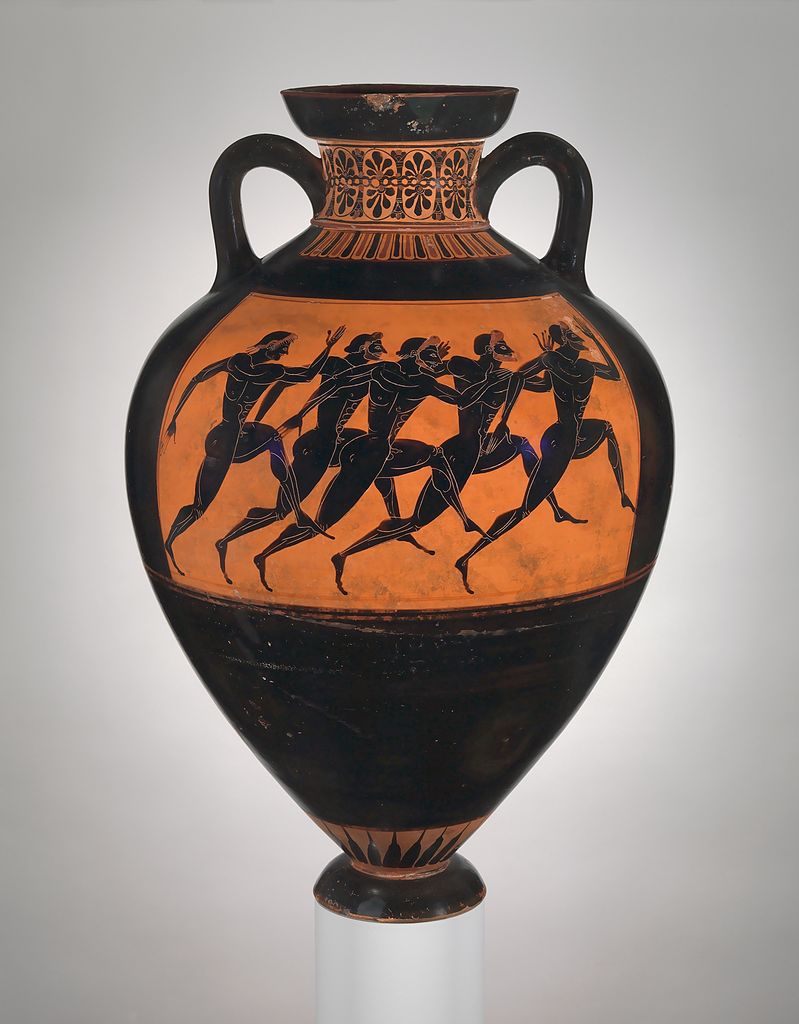
Ceramic
Ceramic is an ancient art material that has shaped cultures and histories across the globe. It involves creating objects from clay and other inorganic materials, which are then hardened by high-temperature firing. Known for its durability and versatility, ceramic has been used for both functional and decorative purposes for thousands of years.
The history of ceramics dates back to at least 28,000 BCE with the production of figurines in Europe. By 6000 BCE, pottery had spread from East Asia to Mesopotamia, Europe, and Africa, showcasing its importance in early human societies for storage and daily use. Notably, the Greeks in 5000 BCE began to elevate pottery into an art form, crafting beautifully adorned vases that depicted mythological scenes.
Ceramic art has a rich cultural significance, with different regions developing unique styles and techniques. For example, Chinese potters during the Han Dynasty introduced porcelain, a highly prized and delicate form of ceramic. Similarly, Persian ceramics from the Neolithic period featured geometric patterns and advanced glazes that reflected their sophisticated decorative styles.
Today, ceramic art continues to evolve, combining traditional methods with modern innovations. Museums worldwide, such as the American Museum of Ceramic Art, showcase the historical and contemporary significance of ceramics, highlighting its enduring legacy and artistic value.
For collectors and enthusiasts, staying updated on new ceramic art pieces and auctions is essential. Subscribe to our newsletter to receive notifications on upcoming ceramic art sales and auction events. Don't miss the chance to add timeless pieces to your collection!
| Country: | Africa, America, Asia, Australia, Europe |
|---|---|
| Start of the period: | V millennium BC |



